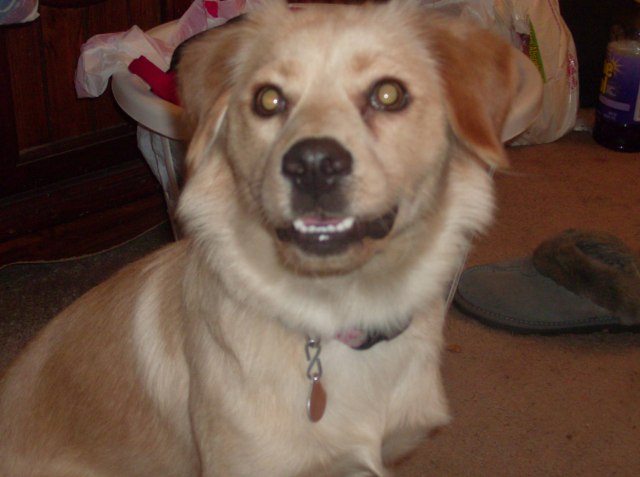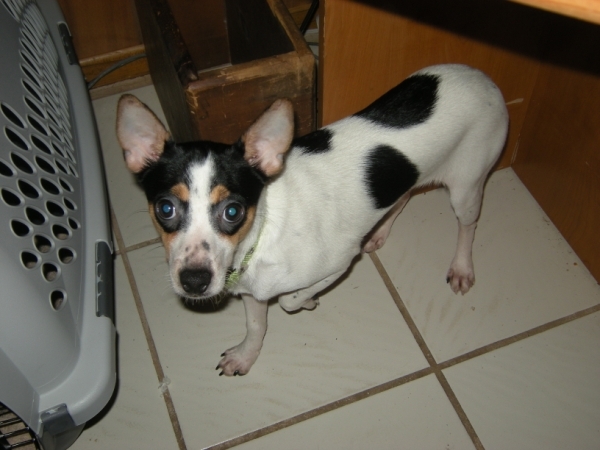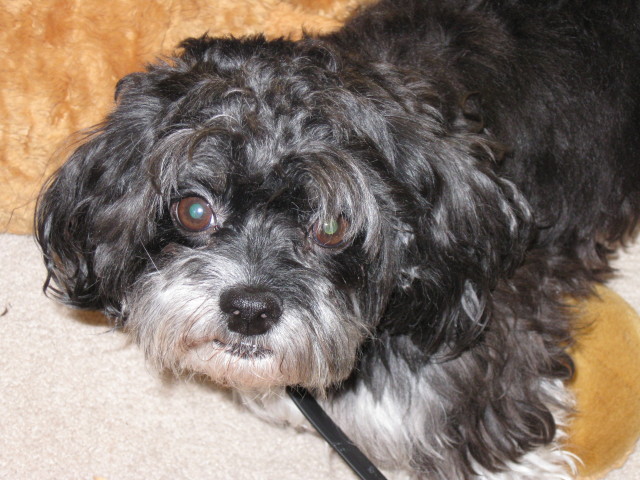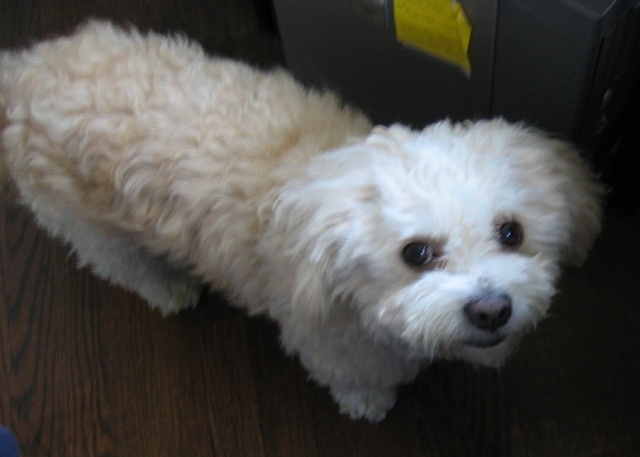QuestionI have read a lot about positive reinforcement training and am using it to train my dog. But I wonder at times, what do you do when at times your dog is sort of in another world and is oblivious to your command to sit? They say never repeat commands, but then you do not want to stop asking it as the dog will learn to ignore your commands. So what is the next step if your dog does not listen but knows very well what you are asking?
Also, what would you recommend for extremely high prey drive? My 1 year old Lab becomes very hyper when she sees a cat. She will start jumping, barking and acting crazy. If I push her away she tries to nip my hand, asking her to sit is out of question. I am almost risking getting injured as she jumps and at times ends up scratching my arms or making me fall. Wriggling a piece of steak in front of her does not get her out of her high focus.. what can I do?
AnswerIf your dog does not respond to your cue the first time, ask yourself why. Does she really know the cue (is it under stimulus control)? Is the distraction level too high (like the cat example you gave)? Is she too focused on something else (sniffing instead of listening)? Is the reinforcement for responding to the cue going to be of higher value than whatever the dog is tuned into? Dry treats generally don't work well outside of the kitchen!
If you have a behavior (like "sit", for example) that she performs well in the house, gradually increase the level of distraction. Will she sit on the back porch, in the back yard, on the front porch, on the sidewalk with people walking by? As distractions increase, your reward value should increase as well. You'll need to lower your criteria as you move to new places. If you're not using food treats for rewards in the house anymore, you probably should use them when you ask for a sit on the front porch or on the sidewalk until the behavior is solid everywhere. I've seen well trained dogs that can't respond to a simple cue at the vet's office -there's too much else to worry about for the dog's brain to engage. The more you practice your established cues in a variety of different places, the better your dog will be able to respond to the cues in new situations.
For more information on positive reinforcement training, check out this website - www.clickertraining.com. You'll find a lot of good articles on training and increasing responsiveness.
From your description of the prey drive situation, I assume you're talking about seeing a cat on a walk? If you tend to see lots of cats when you're out, I would recommend a head halter (Halti or Comfort Trainer) so you have control of the dog's head. Teach her an emergency U-turn that you can implement as needed when you see a cat. I like to use the words "this way!" in a happy voice and turn quickly and run the opposite direction, making it a game. Remember, though, that when you use a head halter, you never jerk the leash, but you can guide the dog in the turn. Praise and reward when she follows you. Teach this skill when there are no distractions present.
I would recommend a technique called "Look at That" described by Leslie McDevitt in her book Control Unleashed. You train the dog to notice a trigger then return attention back to you instead of reacting. You start with a neutral trigger so the dog learns the skill before presenting the trigger that causes her to aggress. I can't describe the whole technique in my response but if you google it, you'll be able to find videos and more information. I would highly recommend this book for you. There are also great tips for dogs who tend to "zone out" or get easily distracted.
Please let me know if you have questions or follow up comments. It's hard to recommend something specific without seeing the dog in action, but I hope I've given you something to go by. I'm glad you're interested in R+ training. There are a number of good Yahoo lists if you want to learn more.

 Dog jumps on counters, Refrigerator,cabinet tops when Im not home
Question
Bell
Hello,
I dont even know where to
Dog jumps on counters, Refrigerator,cabinet tops when Im not home
Question
Bell
Hello,
I dont even know where to
 Running/Non-Obeying
Question
Star
I have a female Lab mix who has this obse
Running/Non-Obeying
Question
Star
I have a female Lab mix who has this obse
 Potties insides but NEVER outside...
Question
This is my buddy :)
I have a 6 month old Fox T
Potties insides but NEVER outside...
Question
This is my buddy :)
I have a 6 month old Fox T
 Fearfull rescue dog
Question
Kiah
I have a puppymill rescue. She is a
Fearfull rescue dog
Question
Kiah
I have a puppymill rescue. She is a
 male dog marking while on walks
Question
My dog
I have a 3 year old male dog (probably
male dog marking while on walks
Question
My dog
I have a 3 year old male dog (probably